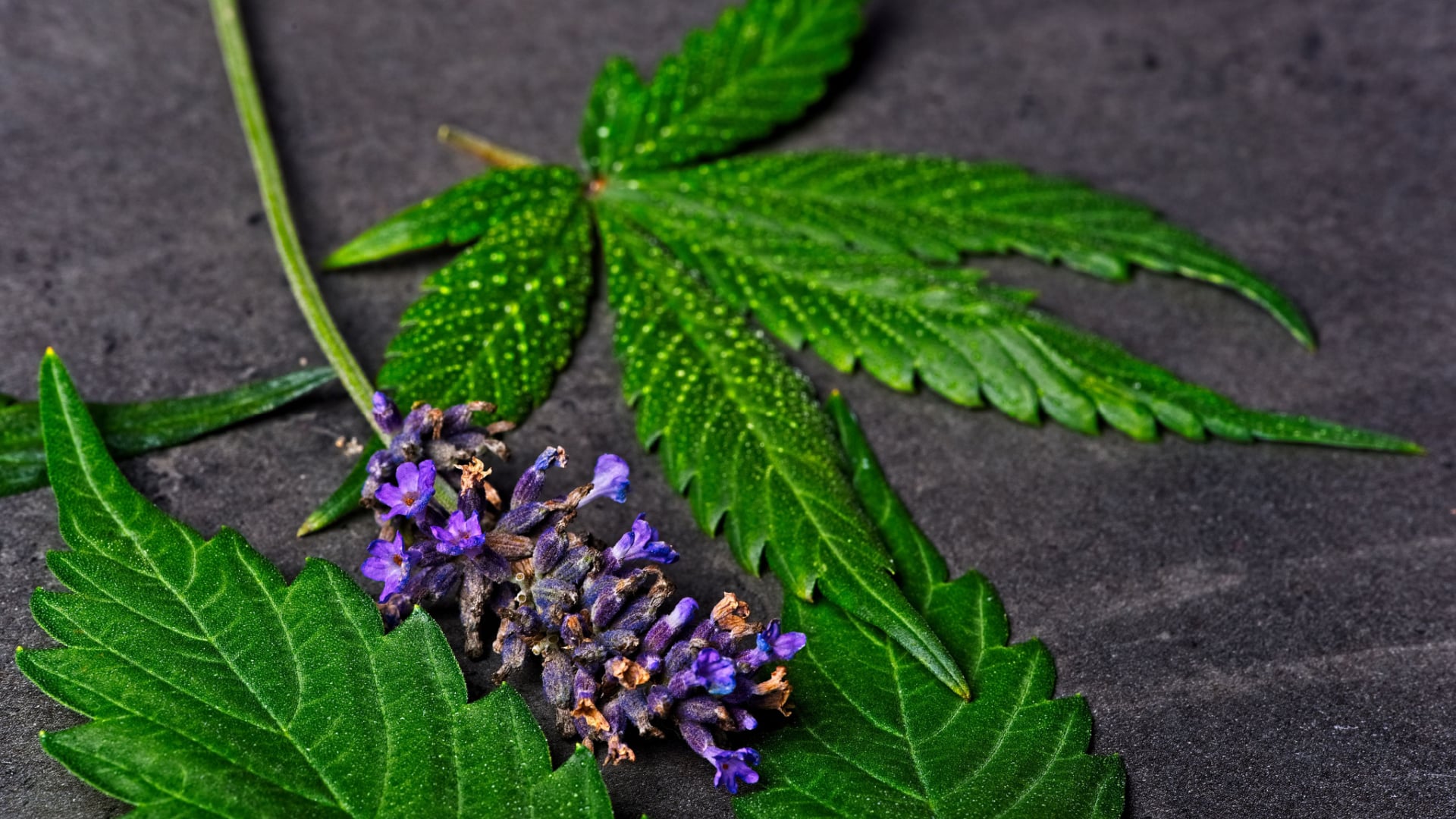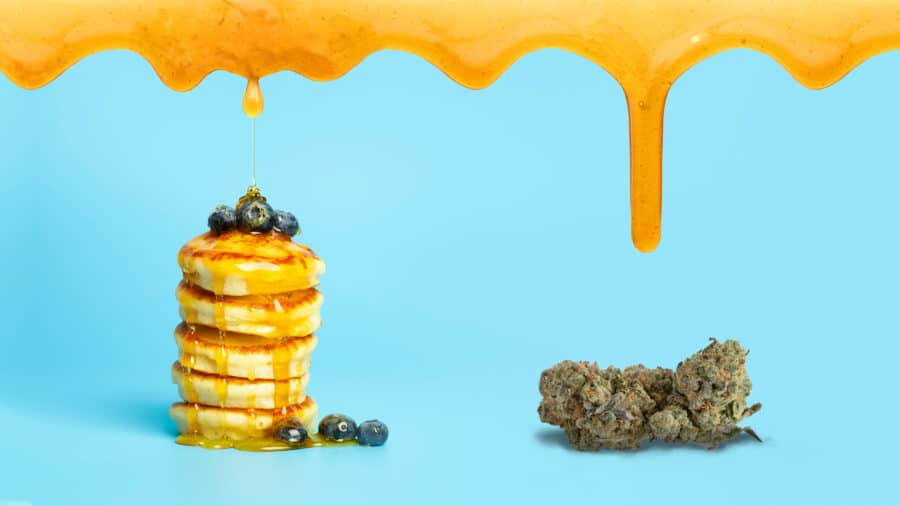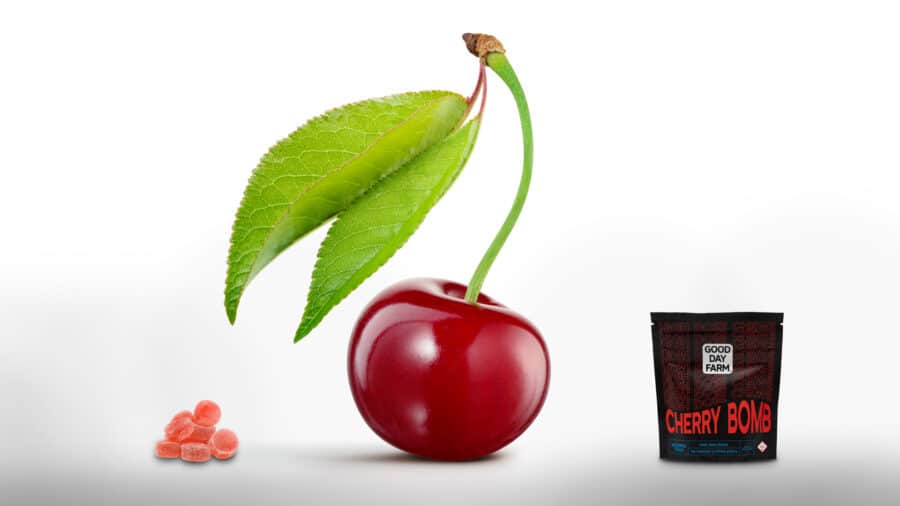Terpene Talk: Linalool
The essential oil perfuming our lives

Remember those sachets filled with lavender your grandmother used to keep in her linen drawers? Sure, they smelled nice, but you never really understood why she didn’t just use a dryer sheet.
Using herb-filled sachets to perfume and keep away insects is actually an ancient practice. A sachet of lavender can last for decades without losing its distinctive smell or insect-repelling properties, while dryer sheets tend to be full of chemicals and essential oils that coat whatever they touch, leaving behind a pleasant smelling, but greasy, film.
Whether using traditional or more modern methods to keep clothing fresh, what both of these methods have in common is lavender. Cultivated for its beauty, medicinal properties, and as an effective way to keep bugs away, lavender has a history of being used as a tool by humans for the past 2,500 years. It’s known for having a calming effect, a pleasing floral scent, as well as an antifungal, and insecticide.
What gives lavender its superpowers? Linalool.
When we talk about terpenes as of late, we typically hear them within the context of marijuana strains – but if you’ve ever smelled basically anything, you’ve had contact with a terpene. They’re the naturally occurring chemical compositions that tell us with one whiff that a room has been freshly cleaned because it smells of citrus and pine, or that our mouths are clean thanks to a blast of cooling mint. And if you’ve ever struggled to pick out the perfect scented candle, you understand all too well the powerful mood-enhancing potential of terpenes.
And there simply couldn’t be lavender without linalool. An essential oil, linalool is found in over 200 plants, including citrus, fruits, and – or course – lavender. The aroma is a layered, complex bouquet of floral, fruity, spicy, and sometimes woody notes that take on a hoppy quality in high concentrations, making it a popular additive for beer. It’s also a natural insecticide, renowned for its antimicrobial properties, and has found immense commercial success as a main perfume agent for hygiene and cleaning products in every aisle of the grocery store, and about 90% of all commercially available perfumes.
Unfortunately, linalool – like any essential oil – can also be an allergen. Those with sensitive skin report rashes and burns after coming into contact with linalool, and anyone with sensitive skin should always perform a patch test before trying any new skincare product.
But we’re not talking about soaps and cleaning products here; we’re talking about cannabis strains commonly sought out for their calming, uplifting, anti-anxiety effects. Studies suggest linalool shows promise as an effective pain reliever because it’s thought to have the ability to elevate adenosine levels in the brain, and reduce the activity of the cells responsible for transmitting pain signals.
Terpenes aren’t a solo act, so you’ll often find this floral favorite paired with peppery caryophyllene and clove-like myrcene – popular and commonly found terpenes that also tout a reputation of having mood-boosting, relaxing effects. You might have already guessed most of these strains are indica dominant: Do Si Dos, Granddaddy Purple, Kosher Kush, and the almost-too-on-the-nose named strain Lavender, which tastes… pretty much like lavender. One linalool-sporting indica dominant hybrid we’ve reviewed and quite enjoyed here at Cannabinthusiast is Military Chocolate.
That doesn’t mean linalool can’t be found in sativas – Ecto Cooler and ‘92 OG in particular have large concentrations of this flowery, spicy terpene. Unsurprisingly, these tend to be strains recommended for their anti-depression and mood-boosting abilities, similar to their more calming indica counterparts.
For someone living with depression, anxiety, or chronic pain, linalool heavy strains could be a powerful tool in their relief arsenal. However, it’s speculated that up to 10% of the population exhibits a sensitivity to linalool. If you avoid products that contain lavender due to a skin sensitivity, put in a little research to avoid linalool heavy strains. While there’s no hard evidence suggesting having a skin sensitivity to linalool could make it dangerous to vape, inhale, or otherwise ingest, it’s generally great life advice to aim to avoid any known allergens, regardless of how they’re consumed.







